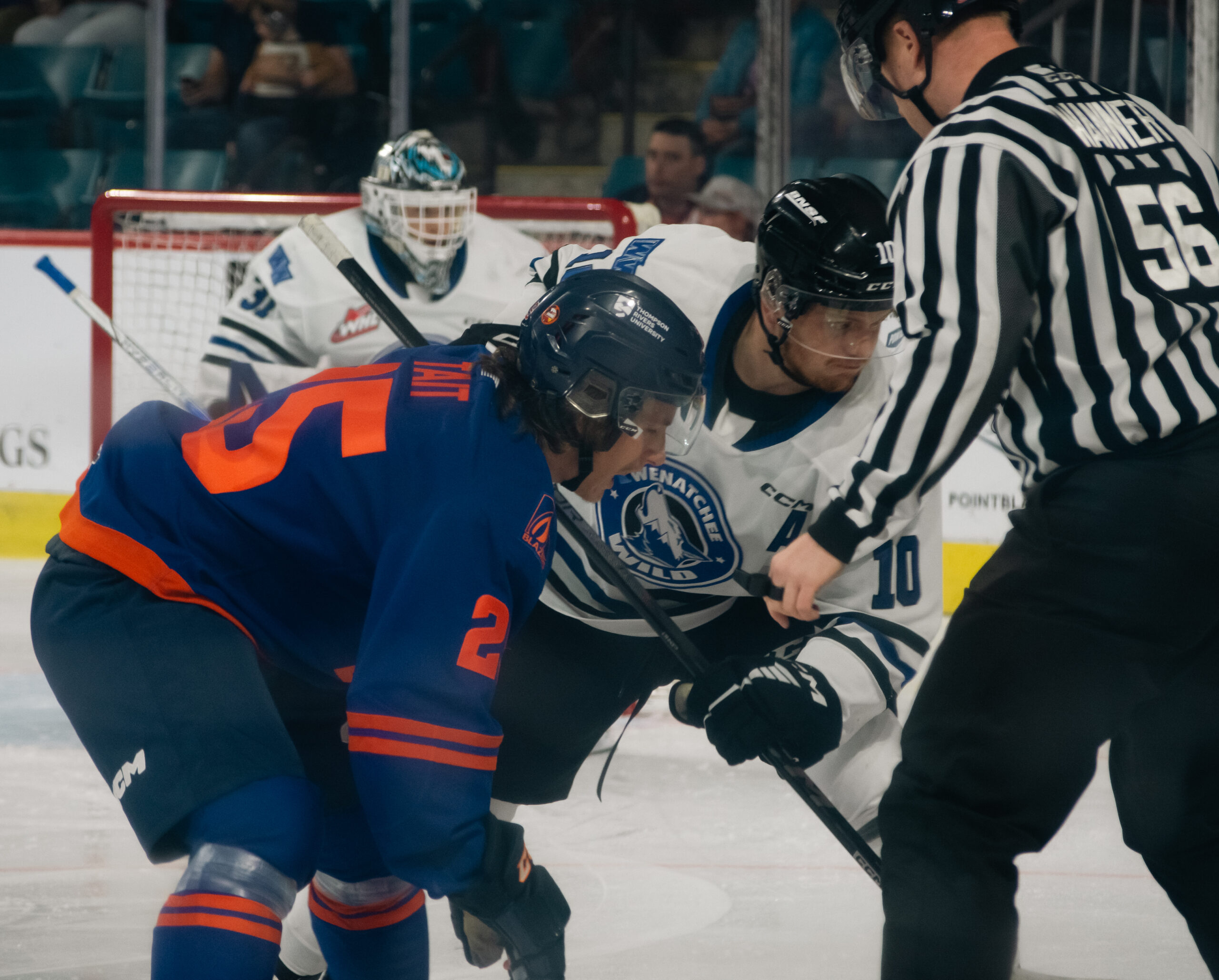Hockey season is officially here, and the diehard fans are pumped. However, if you’ve never seen a game before, you don’t have to feel left out. Understanding a new sport can be intimidating, but we’ve got you covered with our handy guide to all the hockey terms you’ll need to know while you’re watching.
What’s a penalty, and why does it matter?
A penalty is a punishment for breaking the rules, resulting in the player being sent to sit in the penalty box. Although hockey is naturally a physically aggressive sport, penalties keep it under control. Minor penalties are for offences such as cross-checking, high-sticking and roughing, which usually results in a two-minute penalty. Major penalties are for offences such as fighting or holding a player’s face mask and can result in a five or 10-minute penalty.
How do power plays work?
When a player gets a penalty, they cannot be replaced on the ice for the duration of the penalty, and their team has to play down a player for the duration of the penalty. This gives the opposing team an advantage called a power play.
Who participates in a faceoff?
A faceoff is used to start play after a stoppage, a goal or at the start of a new period. One player from each team stands at a faceoff area, an official drops the puck and the players battle to try and get possession. There are nine faceoff areas, indicated by red dots around the ice. Only two players are allowed within the faceoff circle when the puck is dropped. The remaining players will position themselves around the ice to try to get a goal.
On side? Offside? Whose side are we on?
This occurs when a player crosses the opposing team’s blue line before the puck has crossed it. The puck must fully cross the blue line before an attacking player can enter the zone. In an offside call, the play will be stopped immediately, and the puck will be dropped in a faceoff in a neutral zone. In a delayed offside, where a player crosses the blue line without touching the puck, the play is allowed to continue. The offside rule is to prevent the attacking team from waiting by the goal for the puck.
Icing isn’t just for cakes
Icing is when a player shoots the puck from their own side of the ice and it crosses the opposing team’s goal line without being touched by another player. The refs will stop the play and bring the puck back to the defending team’s side of the ice for a faceoff. The rule’s purpose is to discourage players from simply shooting the puck away from their net as an easy defensive strategy that makes plays less exciting.
Overtime: when one hour isn’t enough
If a game is tied after the three periods are over, they will play five minutes of overtime. Each team uses three players and a goalie to provide more space and scoring opportunities. The first team to score in overtime wins the game. If the teams are still tied after overtime, they will have a shootout where each team chooses three players to take penalty shots on the opposing team. The team with the most goals after three rounds wins the game.

